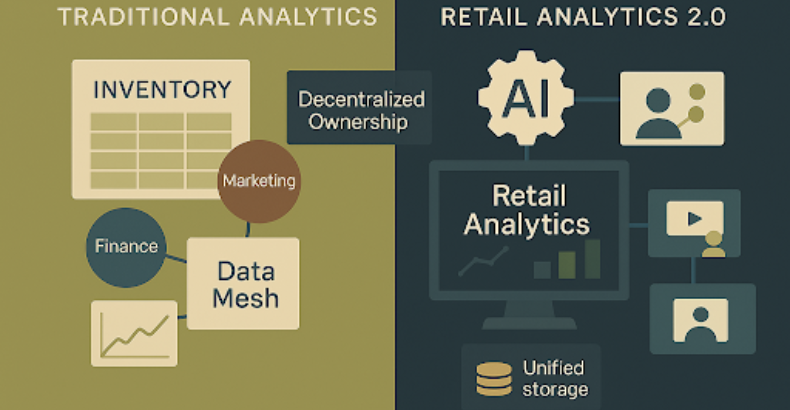
Retail Analytics 2.0: Hyper personalization and AI-Powered Buying Predictions
In today’s hyper connected world, consumers expect more than just products—they expect experiences tailored uniquely to them. From Netflix recommendations to Amazon’s suggested buys, customers have grown accustomed to hyper personalization. For retailers, meeting these expectations isn’t optional anymore—it’s essential.
Welcome to Retail Analytics 2.0, where AI-powered buying predictions and advanced data analytics are transforming how businesses understand and serve customers.
What is Retail Analytics 2.0?
Retail Analytics 1.0 was about tracking sales, managing inventory, and analyzing basic customer trends. But Retail Analytics 2.0 marks a shift from retrospective analysis to real-time, predictive, and personalized experiences powered by Artificial Intelligence (AI) and Machine Learning (ML).
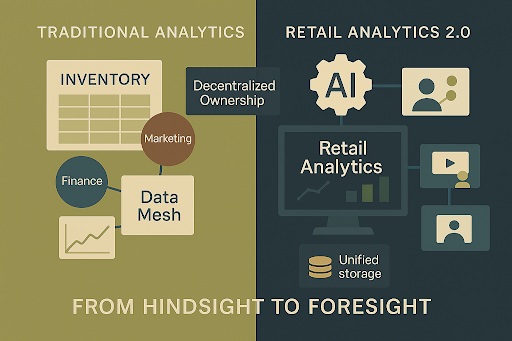
In this new phase, retailers aren’t just analyzing what happened—they’re predicting what will happen next.
The Rise of Hyper personalization
At its core, hyper personalization uses AI algorithms to deliver content, recommendations, and offers specifically tailored to individual customers based on:
- Purchase history
- Browsing behavior
- Social media activity
- Real-time interactions
- Location data
Unlike traditional segmentation (grouping customers into broad categories), hyper personalization treats every customer as a segment of one.
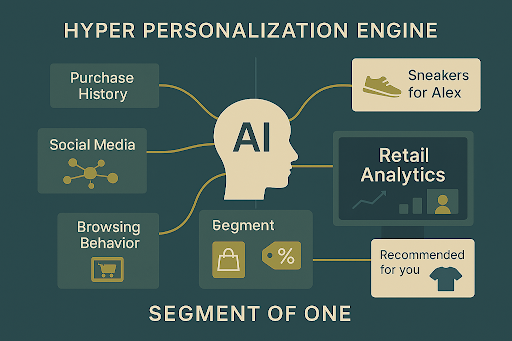
Real-World Examples:
- Amazon suggests products based on your last viewed items combined with what similar customers bought.
- Starbucks sends personalized promotions based on your favorite drink and time of day.
- Nike uses your fitness app data to recommend products that suit your workout routine.
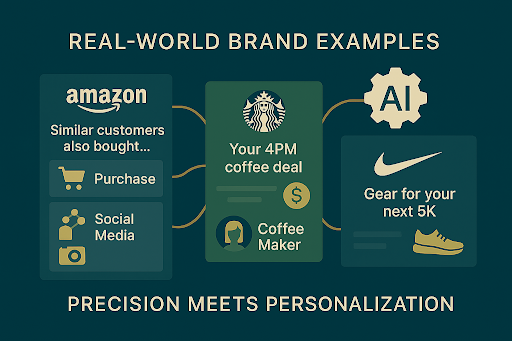
Hyper personalization boosts conversion rates, enhances customer loyalty, and creates a frictionless shopping experience.
AI-Powered Buying Predictions: The Retail Crystal Ball
Imagine knowing what your customer wants before they do.
AI-driven buying predictions leverage vast amounts of data, learning from every click, scroll, and transaction to predict:
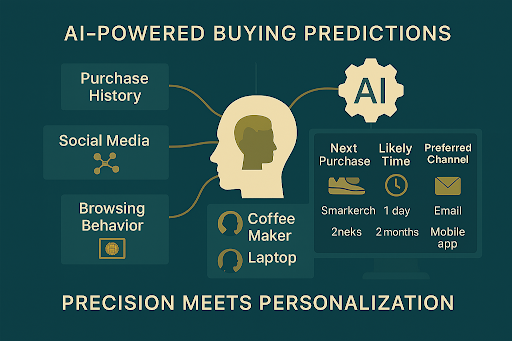
- What products a customer is likely to buy next
- When they’re likely to buy
- At what price point they’re most likely to convert
- Through which channel (online, app, in-store) they’ll prefer to shop
Retailers can use these predictions to optimize:
- Inventory management
- Pricing strategies
- Marketing campaigns
- Store layouts
Technologies Powering Retail Analytics 2.0
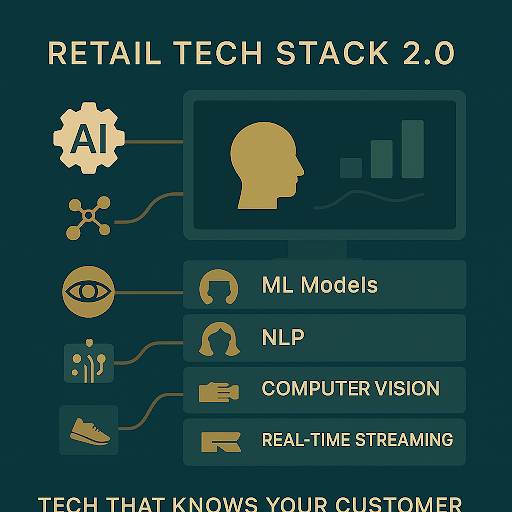
1. Machine Learning Models
Predict buying behavior based on historical and real-time data.
2 Natural Language Processing (NLP)
Analyze customer reviews, chat logs, and social media mentions for sentiment analysis.
3 Computer Vision
Used in physical stores for tracking customer movement and product interactions.
4 Recommendation Engines
AI algorithms suggest products in real-time, based on individual behavior.
5 Real-Time Data Streaming
Capture customer interactions instantly for live personalization.
The Benefits of Retail Analytics 2.0
- Increased Sales & Conversions : Hyper personalized recommendations lead to higher purchase rates.
- Improved Marketing ROI : Targeted promotions reduce wasted ad spend.
- Smarter Inventory Management : Predictive demand forecasting helps avoid stock outs and overstock.
- Enhanced Customer Loyalty : Customers return when they feel understood and valued.
Challenges to Consider
While the rewards are big, retailers face hurdles:
- Data Privacy Concerns (Compliance with GDPR, CCPA, etc.)
- Data Silos across channels and departments
- Technology Integration with legacy systems
- AI Model Training requires quality data and ongoing monitoring
Solving these challenges requires a data-centric culture and strategic investments in modern platforms.
Conclusion: The Future of Retail is Predictive and Personal
Retail Analytics 2.0 is no longer a futuristic concept—it’s happening now. As AI and data technologies evolve, the difference between a thriving retailer and a struggling one will come down to how well they understand and predict their customers’ needs.
From personalized email campaigns to AI-powered demand forecasts, the tools are ready. The question is: Are you?
In this new era, success belongs to retailers who treat every customer interaction as a data point—and every data point as an opportunity to personalize.
